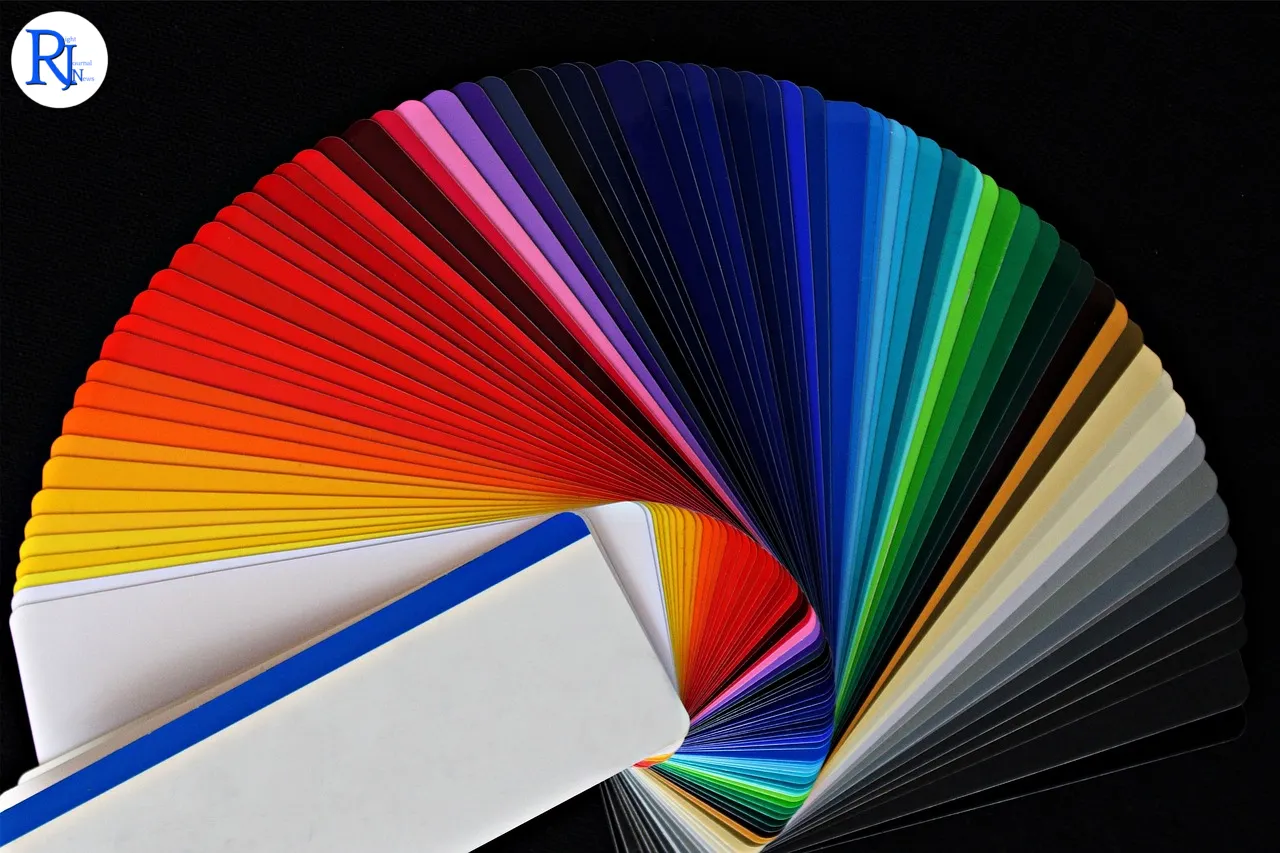Mid-century modern design has seen a resurgence in popularity, captivating homeowners with its sleek lines, functional forms, and timeless appeal. Central to this aesthetic is the colour palette, which plays a crucial role in bringing the style to life. Designers and enthusiasts alike are embracing these hues to transform contemporary spaces into retro yet modern havens.
The resurgence of mid-century modern design is more than a mere trend; it’s a nod to the elegance and simplicity of the 1950s and 1960s. This style’s hallmark is its ability to blend form and function, creating spaces that are both aesthetically pleasing and practical. The colour palette is pivotal, with designers opting for hues that reflect the era’s vibrancy and sophistication.

The Essence of Mid-Century Colours
Mid-century modern design is distinguished by its unique colour schemes, which draw inspiration from nature and technology. The palette includes earthy tones, bold primary colours, and muted pastels. These choices were influenced by the post-war era’s optimism and the burgeoning space age.
Earthy tones like olive green, mustard yellow, and burnt orange are staples in the mid-century palette. These colours evoke a sense of warmth and comfort, making them ideal for living spaces. Additionally, bold primary colours such as cobalt blue and cherry red add vibrancy, creating striking focal points within a room. Muted pastels, including soft pinks and blues, offer a subtle contrast, ensuring the space remains inviting and not overwhelming.
Incorporating Mid-Century Colours into Modern Homes
Integrating a mid-century modern colour palette into contemporary homes requires a strategic approach. Designers recommend starting with a neutral base, such as white or light grey, to create a canvas that highlights the vibrant mid-century hues. This approach allows for flexibility and prevents the space from feeling dated.
Accent walls are an effective way to introduce bold colours without overwhelming a room. A wall painted in mustard yellow or olive green can serve as a backdrop for mid-century furniture, enhancing its design. Additionally, accessories like cushions, rugs, and artwork in primary colours can infuse energy into the space, creating a cohesive look that ties the room together.
Expert Insights on Mid-Century Colour Trends
Design experts suggest that the key to successfully using a mid-century modern colour palette is balance. “It’s important to mix bold colours with neutrals to maintain harmony within the space,” says interior designer Emma Clarke. “The goal is to create a cohesive look that feels both retro and contemporary.”
Clarke also emphasises the importance of texture in enhancing the mid-century aesthetic. “Incorporating different textures, such as wood, leather, and metal, can add depth and interest to the space,” she explains. These materials complement the colour palette and reinforce the style’s emphasis on form and function.
The Impact of Mid-Century Colours on Mood
Colour psychology plays a significant role in interior design, and mid-century modern hues are no exception. Earthy tones are known for their calming effects, making them ideal for creating a relaxing atmosphere in living rooms and bedrooms. Bold primary colours, on the other hand, can stimulate creativity and energy, making them suitable for home offices or creative spaces.
Designers note that the strategic use of colour can transform a space’s mood and functionality. By understanding the psychological impact of different hues, homeowners can create environments that not only look good but also feel good.
The Future of Mid-Century Modern Design
As the mid-century modern style continues to evolve, its colour palette remains a cornerstone of its enduring appeal. Designers predict that this trend will persist, with homeowners increasingly drawn to its timeless elegance and versatility.
The adaptability of the mid-century colour palette ensures its relevance in modern interiors. By combining classic hues with contemporary elements, homeowners can create spaces that pay homage to the past while embracing the future. This balance of nostalgia and innovation is what makes mid-century modern design a lasting favourite.
Incorporating a mid-century modern colour palette into your home is more than just a design choice; it’s an opportunity to create a space that is both stylish and functional. By understanding the nuances of this iconic style, homeowners can transform their interiors into timeless retreats that reflect the elegance and optimism of a bygone era.

